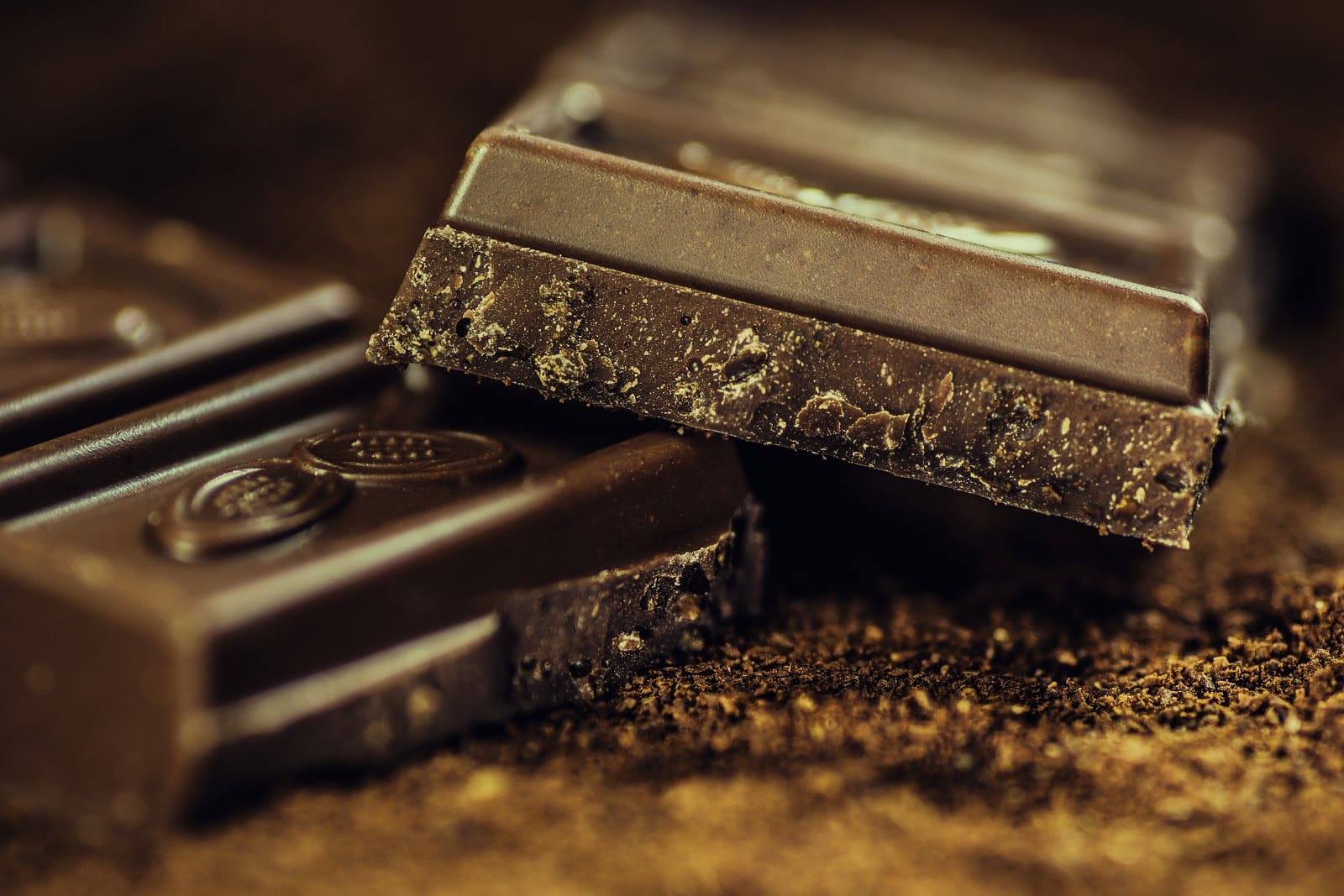- For Advertisers
-
For Publishers
- For Retail Media
- For Telcos
- Our Consumers
- Resources
- GET STARTED
-
Login Login
![Chocolate Consumption Trends 2020 [Mobile Market Research]](https://www.inmobi.com/ui/uploads/blog/shutterstock_465902531.jpg)
In the U.S. overall, what are the major chocolate consumption trends that the major players in the chocolate industry need to know about today? What does the competitive landscape really look like for the world’s biggest chocolate companies? To find out, we polled hundreds of people throughout the United States using InMobi Pulse to get their opinion.

In the U.S. in particular, why do people buy chocolate? What do they look for, and how do they determine which brand to buy? To answer these and other questions, we turned to InMobi Pulse.
Through InMobi Pulse, we directly surveyed 500 people (250 men and 250 women across all age groups) in the 10 largest cities by population in the U.S. in October and November 2019. People who had bought chocolate in the last six months were asked a dozen questions about their brand preferences, why they buy chocolate, who they buy chocolate for, where they buy chocolate and how they’re convinced to choose one brand over another.
The survey focused on the primary North American offerings from The Hershey’s Company, M&M Mars and Nestle, which are the largest chocolate companies in the world. In particular, individuals were asked about these specific brands: Reese’s, M&M's, Snickers, Kit Kat, Cadbury, Toblerone and Aero.

In some ways, the results of this survey are hardly surprising. The largest brands in the chocolate space continue to hold sway, and people often purchase chocolate just because they want a special treat.
How can all of this information from InMobi Pulse be used to more intelligently allocate advertising budget? Here are a few options to consider.
For one, mobile is underutilized by chocolate brands. While TV ads are definitely working to some extent, mobile apps represent a huge untapped market — and opportunity.
Not only is mobile overtaking television as the most-viewed screen in people’s lives, but the immediacy of mobile makes it ideal for driving last-minute purchases. For example, brands can deliver in-app ads to people when they’re in or near grocery stores or convenience stores, in order to help convince them to make a brand purchase.
Further, marketing strategies need to be highly differentiated by region. In cities like Phoenix, San Antonio and San Diego, the population is predisposed to buying chocolate. It’s the opposite in other markets, like San Jose and New York City.
Let’s look at chocolate manufacturing and consumption overall. Retail sales around the world topped $98 billion in 2018. While Europe has an estimated 35% market share, chocolate consumption is strong throughout the world, from the U.S. to Brazil to the Asia-Pacific region.
And, the market size for chocolate confectionery is likely to grow significantly in the coming years. According to Mordor Intelligence, the global market for chocolate products is expected to reach almost $140 billion by 2024, driven by demand for premium products like fair trade dark chocolate, classic milk chocolate candy options and seasonal chocolate confections.
“The increasing demand and growing popularity of dark and organic chocolates are fuelling the market’s growth,” the report’s authors noted. “Furthermore, the seasonal demand plays an important role in the chocolates sales. Various companies are launching a wide range of chocolate varieties during occasions, like Easter. Factors, such as shape and packaging of chocolates are the key strategies adopted by companies to attain maximum sales during a festive season.”

Interested in learning more? Want to conduct your own mobile-first research campaign? Reach out today to learn more about InMobi Pulse and its many capabilities.
Matthew Kaplan has over a decade of digital marketing experience, working to support the content goals of the world’s biggest B2B and B2C brands. He is a passionate app user and evangelist, working to support diverse marketing campaigns across devices. He is also, unsurprisingly, an avid chocolate fan.
Register to our blog updates newsletter to receive the latest content in your inbox.